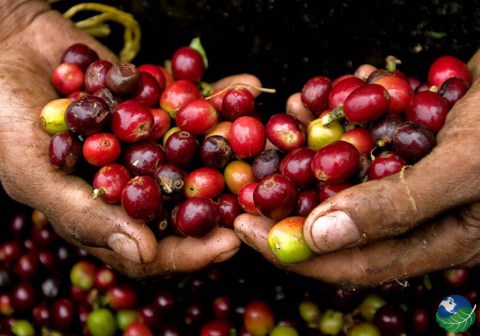Our Talamancan Project
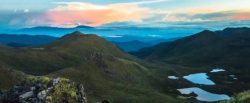
Talamanca is a great area of Costa Rica in every way. It is beaches, the largest mountain range, green mountains, volcanoes, spectacular rivers, the most diverse flora and fauna, knowledge, spirituality, natives, well-being and a lot of ancestral wisdom.

Talamanca has magical places such as the beautiful world-renowned Caribbean beaches (Puerto Viejo, Cahuita, Manzanillo) that contrast with the highest peak in the country, the Chirripó. In the mountainous areas, Talamanca has several national parks and the only international park – shared with Panama – and which was declared a World Heritage Site by UNESCO in 1983.
In some areas, the geography of Talamanca has difficult access to its thick jungle and this allowed the natives to take refuge in the heart of the mountains when the invasion of the Spanish conquerors occurred in the 15th century. They could never get close to these brave inhabitants who, even today, live their traditions in the same places where they settled.
The transfer of these natives to the heart of the mountain forced them to find new ways to survive and grow their food. The cooperation between the wise men of the indigenous tribes, the shamans and the caciques allowed the knowledge and natural products of the highest quality that have not been able to overcome their flavor and quality despite the great advances of the current era.
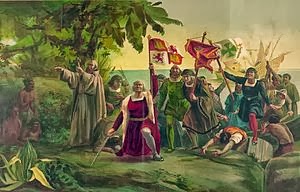


Talamanca is a great area of Costa Rica in every way. It is beaches, the largest mountain range, green mountains, volcanoes, spectacular rivers, the most diverse flora and fauna, knowledge, spirituality, natives, well-being and a lot of ancestral wisdom.
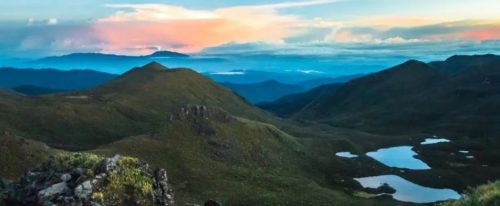




Talamanca has magical places such as the beautiful world-renowned Caribbean beaches (Puerto Viejo, Cahuita, Manzanillo) that contrast with the highest peak in the country, the Chirripó. In the mountainous areas, Talamanca has several national parks and the only international park – shared with Panama – and which was declared a World Heritage Site by UNESCO in 1983.
In some areas, the geography of Talamanca has difficult access to its thick jungle and this allowed the natives to take refuge in the heart of the mountains when the invasion of the Spanish conquerors occurred in the 15th century. They could never get close to these brave inhabitants who, even today, live their traditions in the same places where they settled.
The transfer of these natives to the heart of the mountain forced them to find new ways to survive and grow their food. The cooperation between the wise men of the indigenous tribes, the shamans and the caciques allowed the knowledge and natural products of the highest quality that have not been able to overcome their flavor and quality despite the great advances of the current era.



Given its size, Talamanca has different climates allowing a variety of crops. In the lowlands, the indigenous people achieved the cultivation of cacao. This made it, properly prepared, known to the world as the drink of the gods. In the highlands they became experts in growing coffee. This crop was later controlled by the Costa Rican coffee oligarchy, who began exporting to Europe in the 19th century.
Today, Costa Rican coffee is world famous, the best known being those of Tarrazú and Los Santos, both areas located in the Talamanca mountain range and cultivated by small local farmers. In addition to the cultivation of cocoa and coffee, they discovered natural remedies from the herbs offered by the abundant jungle. Of course, through rituals, they found wisdom for the well-being of the soul and body.
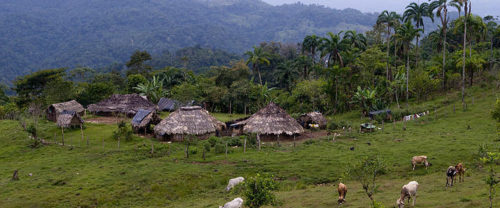

Currently, in the Talamanca mountain range live some indigenous groups belonging to the Cabecar, BriBri, Ngöbe and Bruncas tribes. They try to preserve their ancestral way of life and maintain their practices, beliefs, crops and food.
The Talamancan Project consists of acquiring part of the products that natives and peasants grow naturally and marketing them. What motivated us to do it is the fact that we have found a much higher quality than what we knew and this is due to the natural form of cultivation that they use, transmitted through many generations. We felt that we had the opportunity to collaborate with the native’s economy and to offer consumers an option with a higher intention from seed to table. When products are made with love and care, those who consume them feel a -sometimes indescribable- difference.
We constantly visit the producers (natives and peasants) -the wise people in whose DNA flows the knowledge of their ancestors for good crops and for which they have deserved our recognition- and verify the quality of their processes and their products.
Since harvests are limited, product batches are limited.
We believe good things must continue and we think this model is good. We want consumers to perceive and communicate it.
We have made this project in honor of the Talamanqueños; these brave children of the earth who day by day struggle to survive in a world that is sometimes difficult to understand.
Our mission is to collaborate with our grain of sand so that they can continue to live their life as they have conserved for hundreds of centuries. The Talamanqueños are brave and wise, and we want to acknowledge their contribution.
